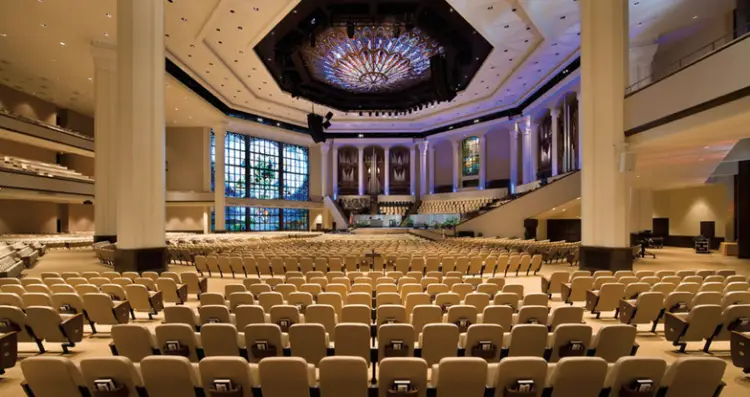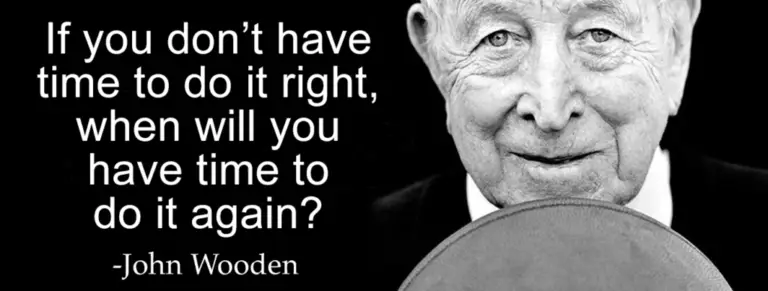I have been working with churches since the mid-1980s. During that era, most of the churches I served bought pews for their worship space. That was the norm. The rule of thumb of 80% occupancy meant being full was very applicable. In a pew configuration, the code considers a “seat” to be every 18″ in width. A better measurement would be 21″-22″. So we have some space that the fire marshal says are seats that really aren’t. But the other major factor with pews is the spread out space. You know. The place to lay my Bible, bag, or coat. Most people using pews take up far more than their fair share of space, so the 80% rule was serious business and a key indicator for most churches.
What is the 80% rule?
The 80% rule in churches, also known as the 80/20 rule or the Pareto Principle, is a concept that suggests that roughly 80% of the results or outcomes in a church (or any organization) come from 20% of the causes or efforts. This principle is derived from the work of Italian economist Vilfredo Pareto, who observed that 80% of the wealth in Italy was owned by 20% of the population.
In the 1990s and early 2000s, more churches moved to flexible seating, usually in the form of a stackable chair. These proved to be a great way to utilize a facility by having the flexibility to add or remove seating or to take it down for other functions totally. Most of these seats were in the 20″-22″ range and could even interlock to give the illusion of a pew. Two primary benefits for a church were the sheer cost (typically lower than a pew) and the designated seat per butt. It allowed for a quantifiable 1:1 ratio of people to chairs. This should have made the 80% rule obsolete, but there was still the mindset that we needed the “spread out” space, and so many people still consumed more than two chairs to accommodate their personal property and desire for personal space. In addition, there was still a paradigm of allowing people to enter the worship space and sit wherever they liked. This meant that you would have spotty areas of seating with 1 chair here or two there or the entire front row empty. These two realities made the 80% rule still viable and necessary for worship space planning.
However, I think we are seeing a real trend that is impacting the change of the 80% rule.
There are two primary contributors to the shift in the 80% rule:
1. Theater Style Seats
This has been a growing trend over the past 7-10 years, and I believe it will only continue. Theater seats allow you to have the 1:1 people-to-seat ratio, but most have an integral armrest between seats, making it easier to obtain your personal space. In addition, the fold-down seat requires enough weight and force for it to fold that it is not as convenient for someone to try and use it to lay their Bible…as it will just fall to the ground unless you have one of those large white leather coffee table Bibles.
There are several other benefits that theater seats offer, such as:
- Allowing more seats in a similar space as chairs, in some cases, adds 10-15% more seats. That gives you more bang for your buck.
- Parking requirements will be “right-sized” compared to the calculations required for flexible seating.
- The same applies to your total restroom counts.
- With the total number of occupants identified by the number of seats and not a square footage calculation, your HVAC system can also be right-sized. In turn, this can reduce costs both initially and related to the life cycle.
2. Crowd Control
Do you just let people sit wherever they like? Does your worship space fill up from the back to the front and from the aisles to the middle? I have seen a very helpful trend being used by growing churches, what I will call “crowd control” or seat assigning. Or, for those of you looking for a correct term, concierge seating. There are several attributes to this methodology that I see can help with your worship seating:
Segment Off the Worship Space From Front to Back
I have seen many churches using pipe-and-drape or just ropes to barricade the back section of the worship space until the front fills up. Then, they will open up the back section in increments to keep the room “full” from front to back. This helps to ensure that the rooms fill before more seats are made available and also provides less distraction when late-comers arrive, as they can sit in the available seats in the rear.
Ushers Direct Traffic in the Worship Space
While this may sound controlling, what if your ushers helped people fill in every row from front to back and from aisle to aisle? Instead of letting people camp out on the end cap of a row, ask them to move all the way to the opposite end and then back-fill the row until it is 100% full. No saving seats. No spaces are empty. While this may not feel natural, if you are space-deprived or feel like you are and yet still have more seats than people, this will help you maximize the occupancy.
The Bottom Line on the 80% Rule
I believe that if you utilize the above two methods to manage your worship seating, you can exceed the 80% rule to 85-90%…maybe more. You may ask why this is important to me (and to you). Here is why…it goes back to stewardship…financial and facility stewardship. If we can maximize the space God has already entrusted to us before we venture into another building initiative, we are better stewards of our current spaces and the money entrusted to us. I like the sound of that.
Utility bills, HVAC maintenance, and HVAC replacement are significant costs for most churches. HVAC usage can be attributed to 50-75% of your utility bills; HVAC maintenance and replacement are your second or third largest capital expenditure, not to mention the cost of staff changing settings for events constantly.









